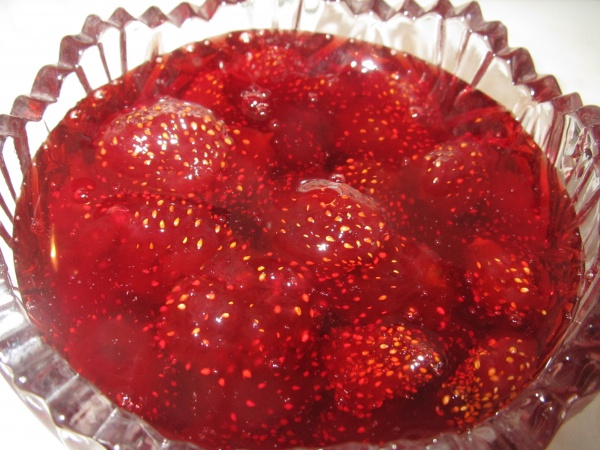Facts About Varenye
Varenye, sometimes spelled varenya, is a cherished whole-fruit preserve widely enjoyed in Eastern Europe and the Baltic region. This delectable treat is crafted by cooking fruits, berries, nuts, vegetables, or even flowers in a sugar syrup. Occasionally, honey or molasses substitutes the sugar, offering a unique sweetness. Unlike jam, varenye is made without macerating the fruits or adding any gelling agents. The result is a thick but transparent syrup that beautifully retains the natural color of the fruits.
Creating varenye is an art that demands precision and care. The goal is to cook or steep the fruits in hot sugar syrup just enough to extract their flavor without overcooking and breaking down the fruit. Some of the most commonly used fruits include sour cherries, strawberries, raspberries, apricots, and apples.
Varenye is incredibly versatile. It can be enjoyed as a dessert, used as a condiment, or served as a topping for pancakes. It also makes a fantastic filling for pies, dumplings, cakes, and cookies. Some people even use it as a sweetener for tea.
The word "varenye" has Slavic roots and is used in East Slavic languages to describe any sweet fruit preserve. In literary translations, it often replaces terms like jam, confiture, or marmalade. The term appears frequently in idiomatic expressions in Russian literature. Variants include raw varenye, which skips the heating process, and dry varenye, a type of candied fruit.
Similar preserves are also made in other regions, including Transcaucasia and parts of Central and South Asia, where they are known as murabba.

 Lithuania
Lithuania